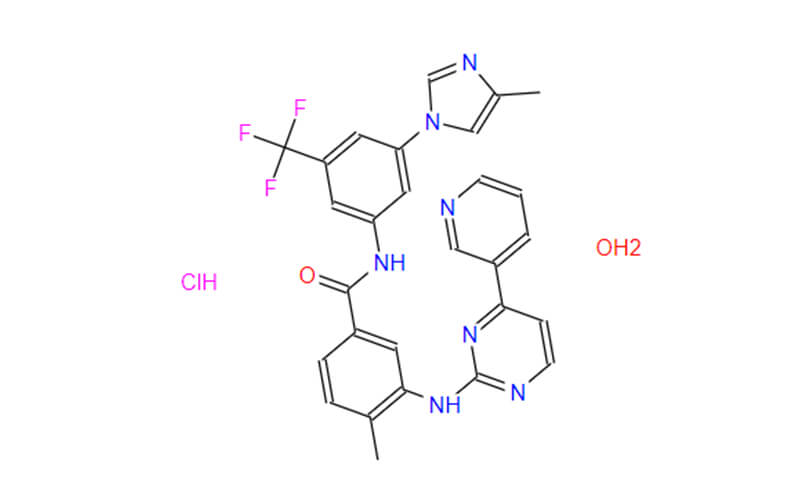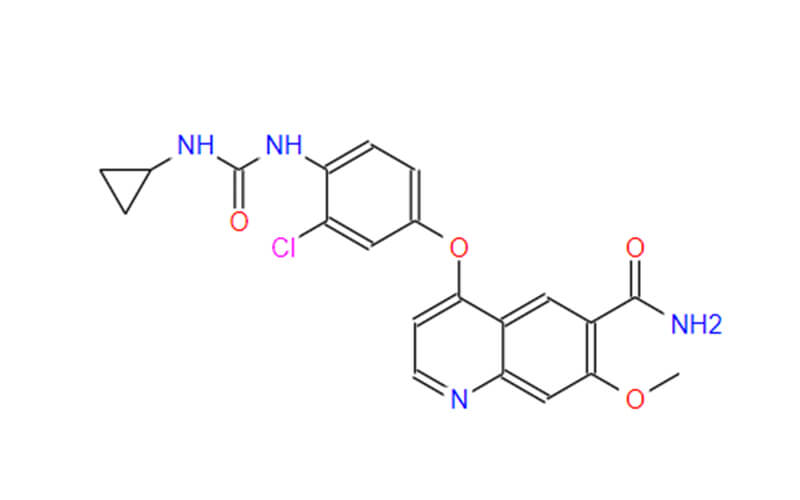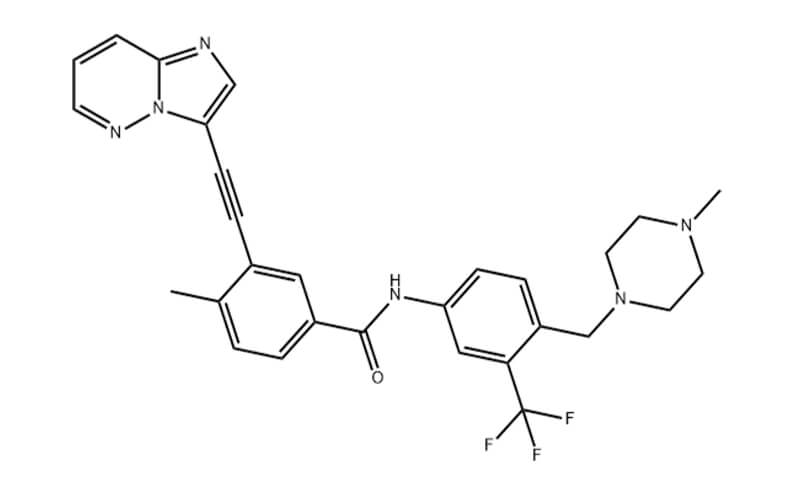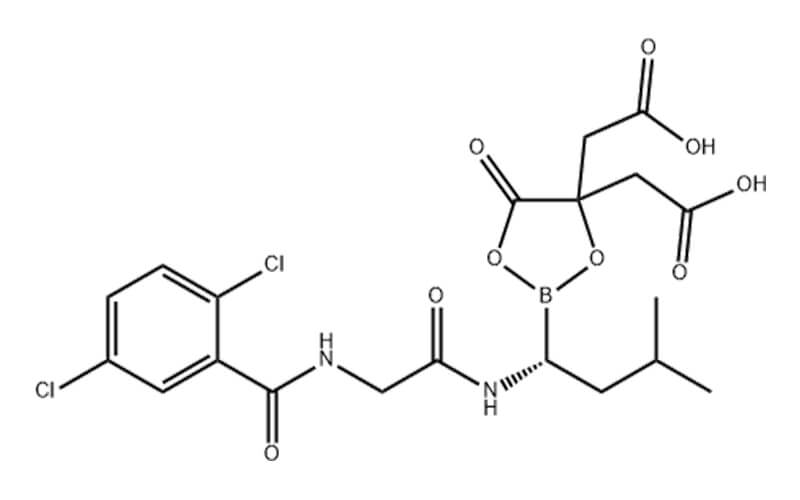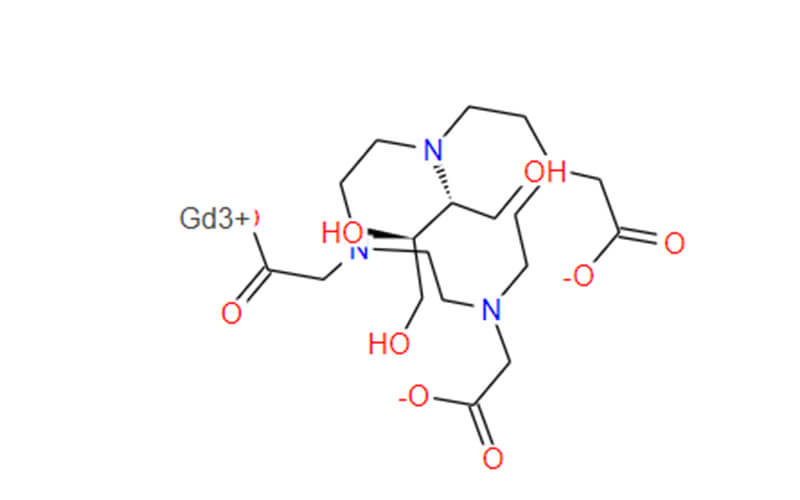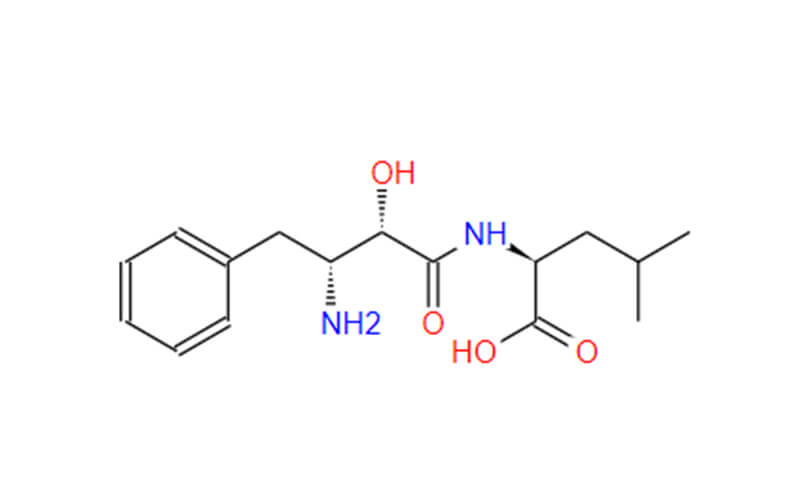The Impact of Sugammadex Sodium on the Autonomic Nervous System
Sugammadex sodium is a novel neuromuscular blocker antagonist that completely changes the reversal of neuromuscular blockade caused by rocuronium and vecuronium bromide. Compared with traditional reversal agents such as neostigmine, sugammadex sodium has the advantages of faster onset, predictable effects, and higher safety. However, people are still concerned about its potential impact on the autonomic nervous system. This article delves into the mechanism of action, pharmacokinetics, pharmacodynamics, and relationship with the autonomic nervous system of sugammadex sodium. This article aims to provide a comprehensive overview to guide the safe and effective clinical application of sugammadex sodium.
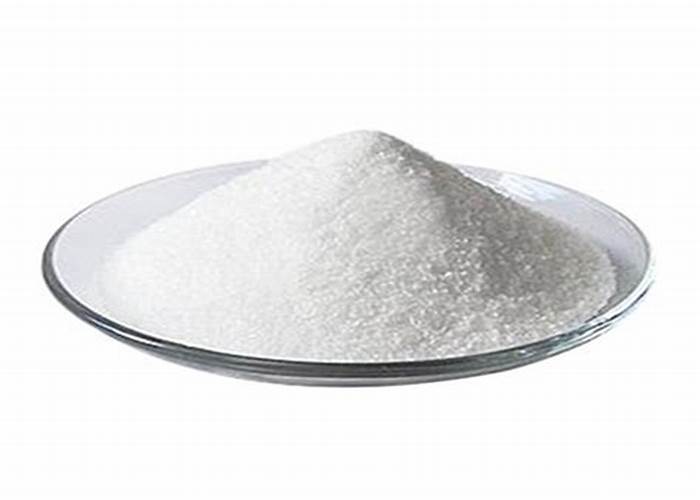
Sugammadex Sodium Uses
Sugammadex sodium (trade name Bridion, produced by Merck Sharp&Dohme) is mainly used to reverse neuromuscular blockade caused by rocuronium and vecuronium bromide during general anesthesia. Its fast onset, predictable effects, and high safety make it the preferred choice for traditional reversal agents such as neostigmine, especially when rapid recovery of muscle function is required.
In addition to its main use, sugammadex sodium can also be applied in specific scenarios where long-term neuromuscular blockade poses risks. For example, surgery involving airway manipulation or surgery that may be difficult to remove the tube. In addition, sugammadex sodium may be beneficial for patients with a history of reversal drug resistance or increased risk of complications with neostigmine, such as those with myasthenia gravis.
Mechanism of Action of Sugammadex Sodium
Summamadex sodium is a type of γ- The synthetic derivative of cyclodextrin has a unique cavity structure and specific characteristics, which can exert targeted effects. γ- Cyclodextrin itself is a cyclic oligosaccharide, which is a cyclic molecule composed of sugar units. This structure forms a central cavity with a hydrophobic (hydrophobic) interior and a hydrophilic (hydrophilic) exterior. Specially modify Summamadex sodium to further enhance these properties.
The following are the key steps of the mechanism of action of summadex sodium:
- Selective binding: Due to its unique cavity size and characteristics, sumamadex sodium exhibits high affinity and selectivity towards specific non depolarizing muscle relaxants such as rocuronium and vecuronium. These muscle relaxants have hydrophobic parts and are completely suitable for the hydrophobic cavity of summadex sodium.
- The formation of encapsulation complexes: Once the hydrophobic part of muscle relaxant molecules enters the cavity, strong interactions occur between the two molecules. This leads to the formation of a stable inclusion complex, essentially a molecular cage, in which the muscle relaxant is encapsulated by summadex sodium.
- Competition and substitution: The formation of this inclusion complex effectively isolates muscle relaxant molecules. This prevents it from binding to the nicotinic acetylcholine receptor located at the neuromuscular junction. Usually, these muscle relaxants bind to these receptors, blocking the transmission of nerve impulses required for muscle contraction, leading to neuromuscular blockade.
- Reversal of neuromuscular blockade: By binding muscle relaxants and preventing their interaction with nicotinic acetylcholine receptors, summadex sodium can effectively reverse neuromuscular blockade. This allows for normal transmission of neural signals to the muscles, leading to muscle contraction and recovery of muscle function.
The high selectivity of sodium sumamadex towards specific muscle relaxants and the formation of stable inclusion complexes make it an efficient and specific neuromuscular blocker antagonist. This targeting effect minimizes the possibility of interaction with other molecules in the body, which contributes to its safety.
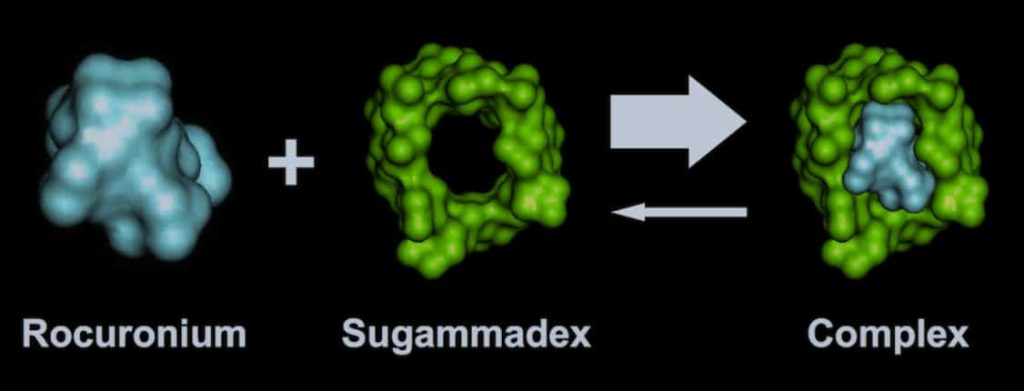
Pharmacokinetics of Sugammadex Sodium
Summamadex sodium has linear pharmacokinetics, which means its action is directly related to the dosage administered. Its distribution volume in the body ranges from 0.2 to 0.4 L/kg, mainly present in the plasma and interstitial space. The clearance rate is mainly excreted by the kidneys, with a range of 0.3-0.5 L/h and a half-life of approximately 70-100 minutes.
It should be noted that renal function significantly affects the pharmacokinetic parameters of summadex sodium. In patients with impaired kidney function, the clearance rate of drugs sharply decreases, leading to an extended half-life and possibly an increase in drug concentration in the body. This situation increases the risk of adverse reactions. Therefore, the dosage adjustment of summadex sodium needs to be based on individual renal function.
Pharmacodynamics of Sugammadex Sodium
The pharmacodynamics of sugammadex sodium mainly focus on its ability to antagonize neuromuscular blockade. Numerous clinical studies have confirmed that it can quickly and effectively reverse deep and moderate neuromuscular blockade-induced rocuronium or vecuronium. Sugammadex sodium has shown good safety and effectiveness in cardiac surgery and other surgeries that require rapid recovery of neuromuscular function.
Of particular note is that sugammadex sodium takes effect quickly, usually within 2-3 minutes, and then quickly reaches its peak. In addition, its action time is relatively long, lasting 1-2 hours, providing a safe window for patient rehabilitation and extubation.
Sugammadex Sodium and the Autonomic Nervous System
Though sugammadex sodium primarily targets the neuromuscular system, its use might potentially influence the autonomic nervous system. Some clinical studies reported transient episodes of tachycardia or hypotension following sugammadex sodium administration. These reactions could be linked to the regulatory functions of the autonomic nervous system.
However, it’s essential to emphasize that these autonomic nervous system-related responses are usually short-lived and resolve spontaneously after discontinuation of the drug. Moreover, not all patients experience these reactions, with a relatively low incidence. Consequently, the overall impact of sugammadex sodium on the autonomic nervous system is limited and usually not clinically significant.
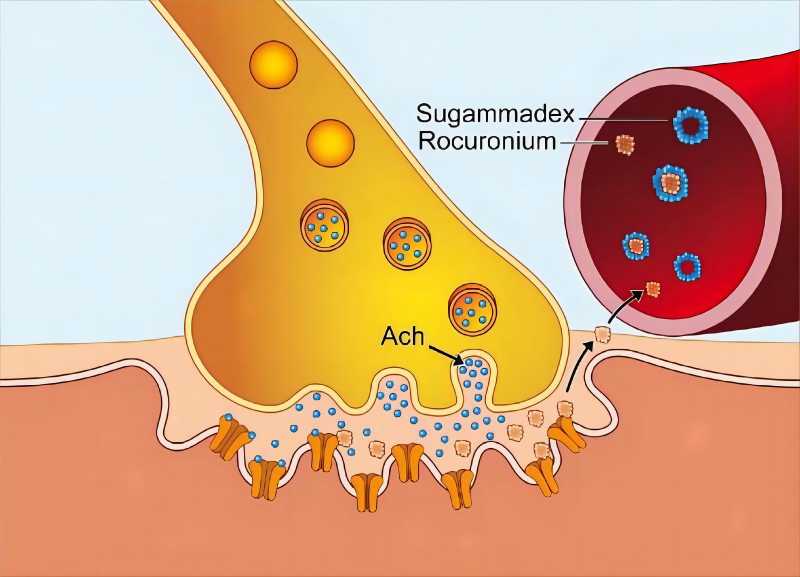
Conclusion
Sugammadex sodium, a novel neuromuscular blocking agent antagonist, offers a significant advancement in reversing rocuronium and vecuronium-induced neuromuscular blockade. While it might be associated with some transient autonomic nervous system responses, these effects are typically short-lived and reversible. Therefore, while sugammadex sodium doesn’t directly interact with the autonomic nervous system, clinicians should still monitor patients’ cardiovascular responses to ensure safe medication use.
Reference:
Li, F., et al. (2021). Reversal effects of sugammadex on neuromuscular blockade in different age groups [J]. Zhonghua Mazui Xuezhe Zazhi, 41(12), 1122-1126.
Xu, J., & Xie, Z. (2019). Clinical application of sugammadex in reversal of neuromuscular blockade [J]. Journal of Clinical Monitoring and Computing, 33(2), 231-237.

